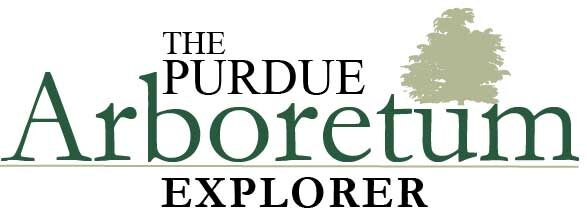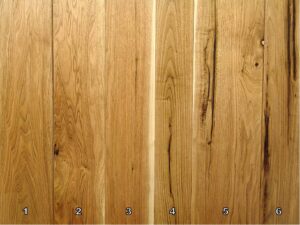Juglans cinenea
Summary
Butternut, or Juglans cinenea, is a wood that is primarily used for carving, architectural veneer, and internal furniture components. Due to its limited uses, this tree isn’t as abundant as an oak or its sister species, Black Walnut. Butternut is also known as White Walnut on occasion. Butternut is usually a cinnamon brown color, sometimes variegated. It can be difficult to identify the difference
between Butternut and Black Walnut at times. Butternut is a softer hardwood, which makes it really good for carving and machining. However, it doesn’t have much decay resistance and is commonly attacked by the powder-post beetle and canker disease.
Looking at the panels on the wall from left to right. Boards one and two are top grade flat sawn boards, which show the distinct cinnamon red color of Butternut. Board three is a quarter sawn board which also shows a narrow band of sapwood. In this board, signs of bird peck can also be seen. Board four shows a large pith at the bottom, which like in walnut, is large and chambered. Boards five and six show numerous seams and knots characteristic of lower grade wood.
History
Butternut is a scarce tree due to canker disease. Commonly, it is found scattered in the forest. Butternut is considered a small to medium size tree ranging from 40 to 60 feet high and 12 to 24 inches in diameter. The largest reported tree is nearly 7 feet in diameter at 4½ feet above the ground.
Color & Texture
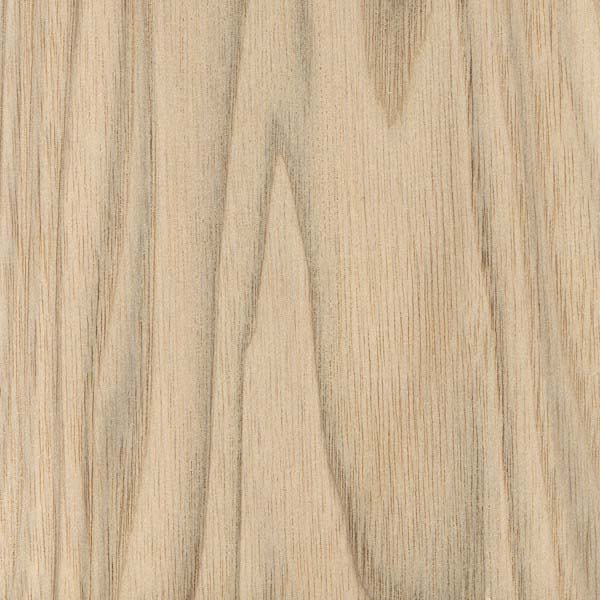
The sapwood is white to light grey and narrow. The heartwood is a distinctive cinnamon brown color, sometimes variegated. The larger earlywood pores are readily visible to the naked eye and gradually decrease in size toward the end of the growth ring, making the growth rings somewhat distinct and similar to walnut.
Anatomical and Microscopy
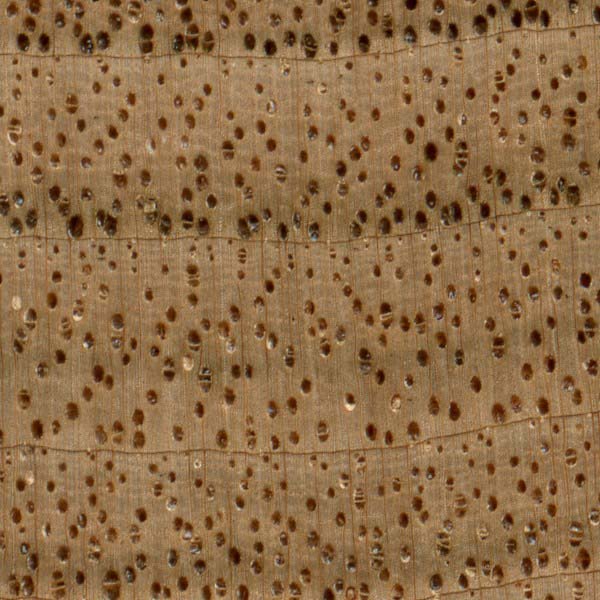 Image courtesy of Wood Database
Image courtesy of Wood DatabaseSemi-ring-porous; medium-large earlywood pores gradually decreasing to small latewood pores; solitary and radial multiples of 2-3; tyloses occasionally to abundantly present; growth rings distinct; rays barely visible without lens; parenchyma banded (marginal), apotracheal parenchyma diffuse-in-aggregates (sometimes very faint and barely visible even with lens).
Wood Properties
- Workability
- Soft and rated as good in machining properties
- Strength
- Low strength value, similar to Basswood or Cottonwood
- Steam Bending
- No data available
- Drying
- A moderate kiln schedule must be used
- Shrinkage
- Very low even compared to species of the same density
- Decay
- Nondurable to moderately durable to decay
Products
The most common use for Butternut is as a carving wood. Other uses include architectural veneer on plywood, internal
components on furniture, interior trim, boxes, and crates.
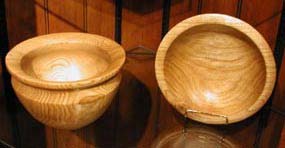
Parks Service
